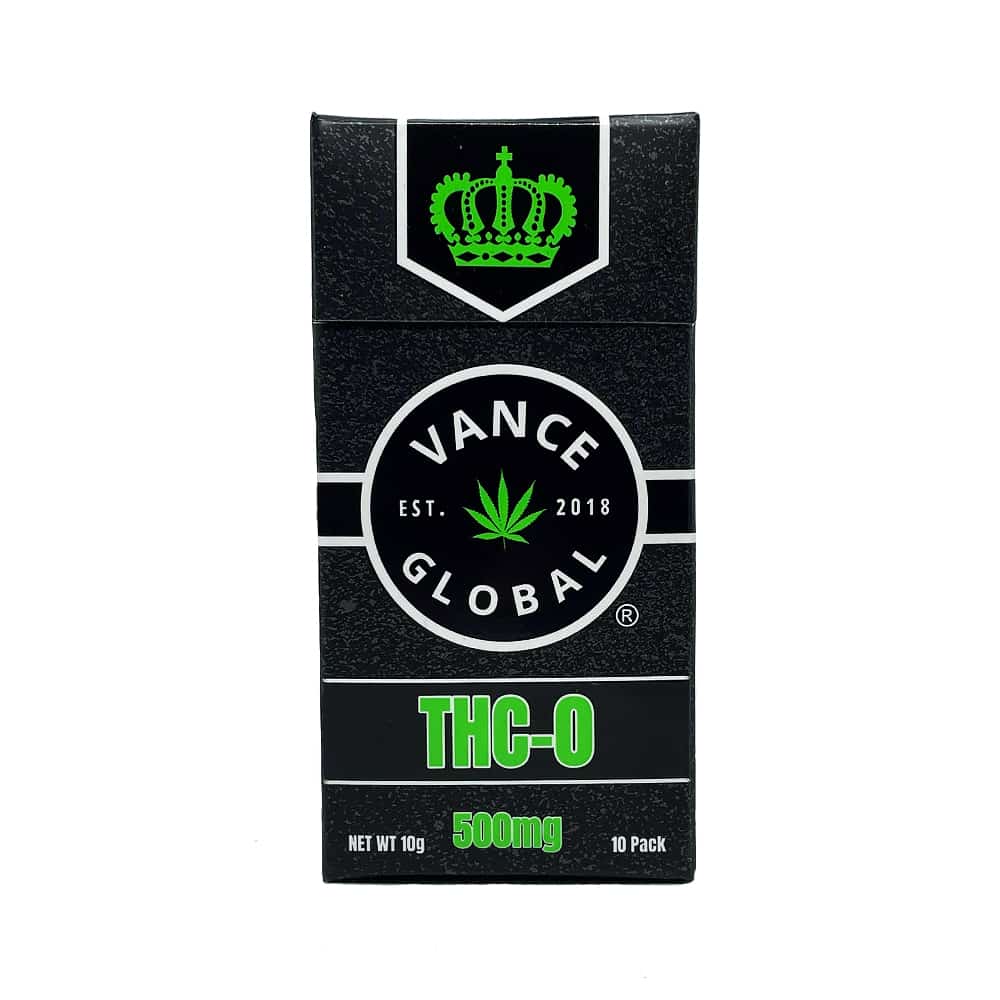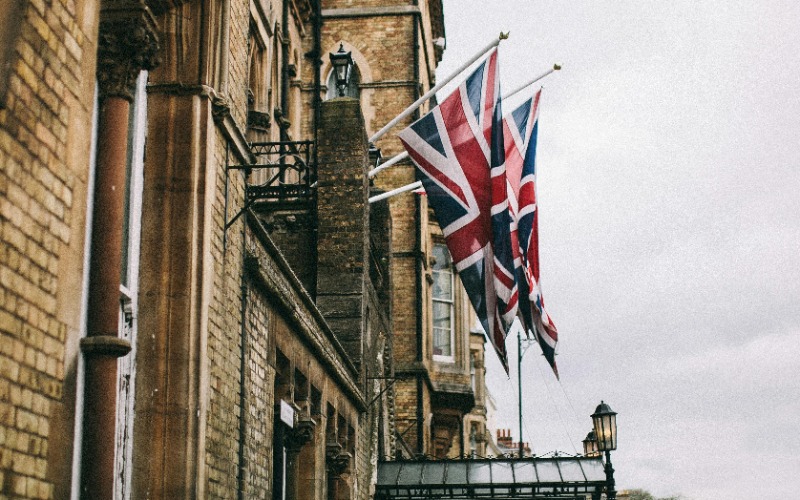The cannabis market is evolving in many ways. Product catalogs are getting more sophisticated as consumers become more discerning and brands continue to rise to the occasion to fill the needs of every demographic. Dispensary shelves are jam-packed with new items all the time, seemingly offering something for everyone.
It’s not just finished goods that are maturing. The cannabinoid offerings themselves are expanding, moving beyond CBD and THC. This includes so-called “minor” cannabinoids within the plant, such as CBG, CBC, or THC-V, as well as synthesized compounds.
One such “man-made” cannabinoid garnering a lot of attention is THC-O. Also known as THC-acetate, THC-O is typically derived from hemp but is far more psychoactive than its cousin delta-8. The cannabinoid’s popularity has been skyrocketing in states where adult-use cannabis is not yet legal, especially where delta-8 has come under scrutiny.
THC-O has come under fire by some who argue the compound needs more research before it’s deemed safe for human consumption. Others believe THC-O is a much-needed option for consumers who may have limited choices, especially since it can be created at scale for mass markets. Cannabis & Tech Today breaks down the debate.
What Is THC-O and How Is it Made?
THC-O is made in a lab by first synthesizing delta-8-THC from hemp-derived CBD using a process called isomerization. Acetic anhydride is then added to the delta-8 to complete the process. The resulting material is extremely potent, even more so than regular delta-9-THC.
“I like to use a coffee analogy,” said Dr. John MacKay, Ph.D., founder of the Dr. John MacKay Institute of Extraction Technology. “THC is like a cup of coffee, whereas THC-O is like an energy shot.”
The compound’s origins are murky at best, but some of the earliest known research around THC-O was conducted by the United States military on canines in the late 1940s. THC acetate was referenced in the 1974 book Cannabis Alchemy: Art of Modern Hashmaking, in which the author described its effects as more “spiritual and psychedelic” than its mother plant.
THC-O remained somewhat under the radar for decades but has been experiencing a resurgence over the last several years thanks in part to the legalization of hemp by the 2018 Farm Bill. An uptick of demand in states lacking legal cannabis has led to the introduction of more products containing THC-O, particularly edibles and vape pens.
“We created THC-O products in response to customer demands — it’s important to stay on top of industry trends,” said August Battles, CEO of Vance Global, makers of THC-O cigarettes and gummies.
“THC-O is also more affordable than delta-9 THC products and said to be three times stronger than delta-9 THC products, which appeals to consumers with a high tolerance,” Battles added.
Aside from its strong psychoactive effect, it’s not entirely known what other benefits the cannabinoid has. “I personally believe that THC-O could be a contender for insomnia and headaches,” concluded Jacob McGuire of HighNorth Cannabinoids, a CBD retail store with in-house THC-O products. “I find that it’s very effective in that range — the drowsiness of the cannabinoid makes it far from recreational.”
Lack of Research and Regulation Is a Cause for Concern
While THC-O isn’t exactly new, relatively little is known about the compound or its long-term effects. That fact is enough for some to warn against the compound’s consumption.
“One of the concerning things is that it hasn’t been studied in humans, we don’t know how it’s interacting with the brain,” noted Dr. MacKay. “It causes high amounts of euphoria in small doses, which is actually counterintuitive to how regular cannabis works.”
He also warned the clandestine nature of the supply chain was a strike against the safety of the THC-O market. “This space is not regulated, and furthermore a lot of the testing labs are not set up to properly analyze these products.”

It may also be possible that the compound isn’t entirely legal. The Analogue Act of 1986 outlawed molecules that are structurally similar to those already prohibited by federal law. The legislation targeted so-called “designer drugs” that had become popular in the club scene but it can be argued that THC-O may fall in the same category.
Dr. Ethan Russo, MD, an endocannabinoid researcher, brought up this fact in a Q&A with Hemp Grower. “No one should harbor illusions that all this is legal. Many of us feel that it absolutely is not.”
Is THC-O Here to Stay?
It’s hard to say whether THC-O has the lasting power of traditional phytocannabinoids but there are certainly arguments for and against. A lack of peer-reviewed evidence on the compound has some wondering whether THC-O is entirely safe, but others argue demand for accessible alternatives to delta-9-THC should be entertained.
“Dispensaries are beginning to sell hemp-derived products like CBD, delta-8 THC, and THC-O because each cannabinoid provides a different effect than standard delta-9 THC products,” argued Battles.
And while Dr. MacKay may express hesitation on THC-O, he does concede there’s a place for it in the market. “I think people are always trying to find ways they can get certain experiences that they’re wanting to have and will therefore be willing to buy it.”
This article was first published in the spring 2022 issue of Cannabis & Tech Today. Read the full issue here for free.








